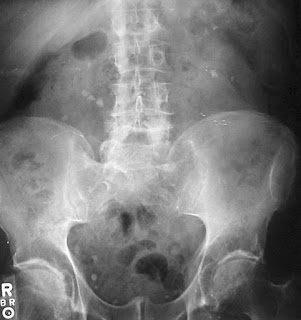 Journal Club Summary
Journal Club Summary
Methodology Score: 4.5/5
Usefulness Score: 3.5/5
Pathan SA, et al.
Lancet. 2016 May 14;387(10032):1999-2007
Knoedler JJ, et al.
Lancet. 2016 May 14;387(10032):1971-2.
This three-arm RCT of 1,645 renal colic patients in Qatar found that IM diclofenac was slightly more effective than IV morphine or IV paracetamol, with fewer adverse effects. The utility of the study is limited by use of drugs not available in North America, and the lack of an NSAID + opioid treatment arm; while not currently practice-changing for us, this article generates critical thought on the use of opioids during a time where narcotic abuse is increasingly problematic.
By: Dr. Thara Kumar
Epi lesson
Use of Continuous Data as Primary Outcome
Beware of studies that compare the effectiveness of interventions using continuous data outcomes, such as pain scales (1-100), oxygen saturation values, and minutes to pain relief. These kinds of data can produce statistically significant differences between groups with relatively small sample sizes but often give you little information about clinical importance. Far better and almost always the norm are outcome measures given as proportions or percentages, such as % of patients who achieve: 20 points improvement in pain, an oxygen saturation of 90%, pain relief in less than 2 hours, or survival.
Beware of studies that compare the effectiveness of interventions using continuous data outcomes, such as pain scales (1-100), oxygen saturation values, and minutes to pain relief. These kinds of data can produce statistically significant differences between groups with relatively small sample sizes but often give you little information about clinical importance. Far better and almost always the norm are outcome measures given as proportions or percentages, such as % of patients who achieve: 20 points improvement in pain, an oxygen saturation of 90%, pain relief in less than 2 hours, or survival.
By: Dr. Ian Stiell
